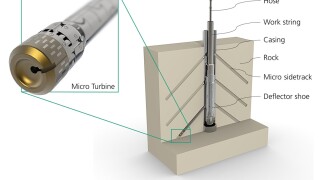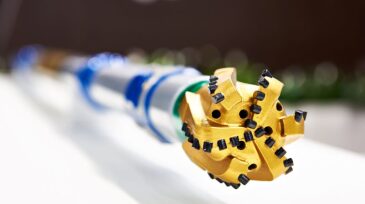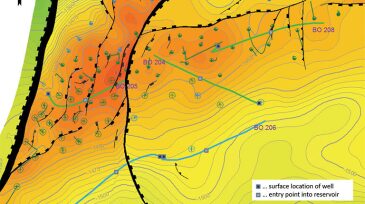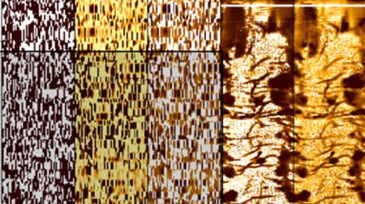Drilling
The Federal Reserve Bank of Dallas’ fourth-quarter energy survey shows that oil prices and geopolitical uncertainty are curbing enthusiasm heading into the new year.
A field test study examines micro turbine drilling in a clay formation that allows steel casing and formation to be drilled in a single operation.
The discovery in the Kutei Basin offshore Indonesia is being considered for fast-track development.
-
Directional drilling and measurement-while-drilling technology has become so democratized in the Texas shale sector that no provider holds more than 8% of the market share.
-
Under the agreement, the Oklahoma City independent will monetize half of its working interest in 133 undrilled locations in the form of a $100-million drilling carry during the next 4 years.
-
Calgary-based Colombia producers Canacol Energy and Parex Resources led all firms by gaining three blocks each, with one more counteroffer from Parex pending review.
-
Industry awaits the results of Apache’s Maka Central-1 exploratory well offshore Suriname, where high expectations follow the rapid exploration success of neighboring Guyana.
-
This paper compares the performance of three mature-field horizontal infill wells, one of which is completed with autonomous inflow-control devices (AICDs).
-
A new 3D drillstring model determines the static and dynamic behavior of bottomhole assemblies (BHAs) in realistic wellbores.
-
This paper presents dynamic simulations, prototype testing, and field-test results of a BHA component that isolates the upper part of the BHA from HFTO.
-
This paper examines multiple factors that can affect the severity of stick/slip and measures their actual effect.
-
Field N is a complex heavy-oil field in the north of the Sultanate of Oman. The dynamic behavior of Field N is characterized by strong aquifer and is dominated by bottomwater drive.
-
Multistage horizontal well designs were first implemented in the Bakken in 2007. Since then, more than 12,000 wells have been completed in either the Middle Bakken or Three Forks zones.













